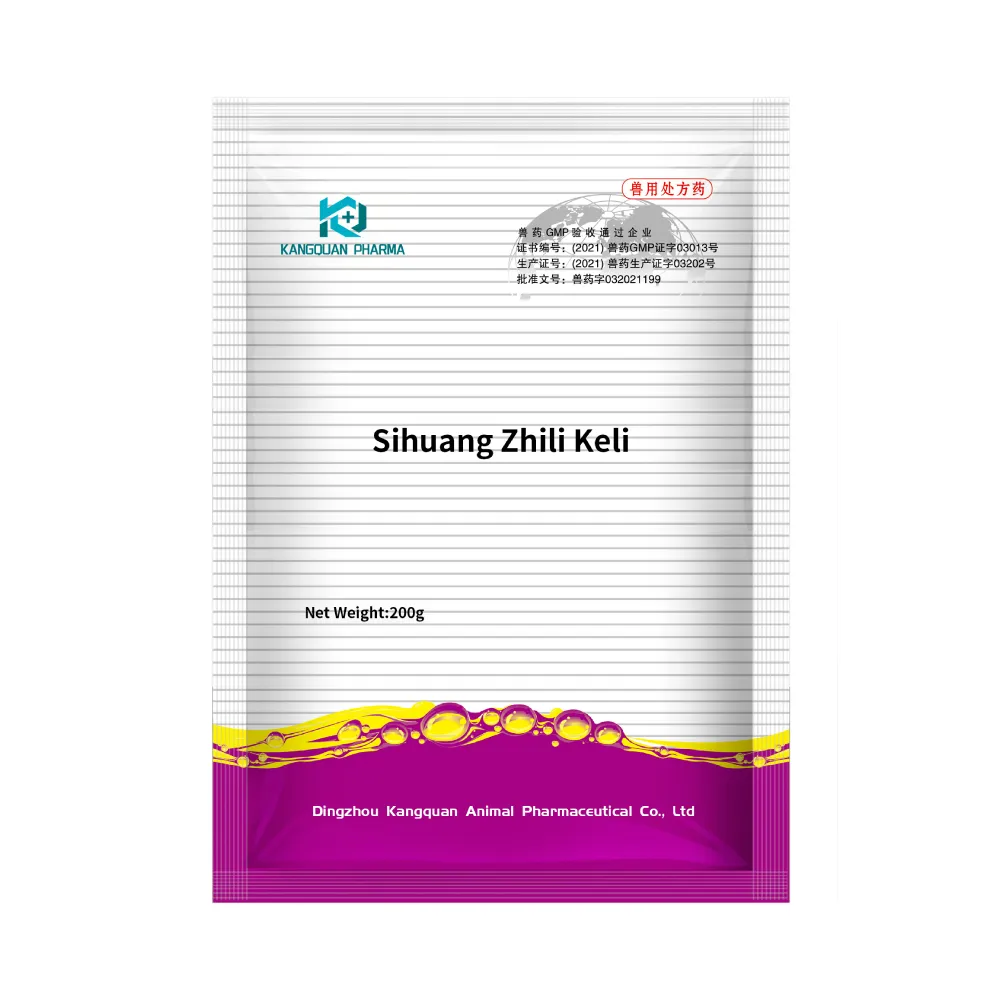- Afrikaans
- Albanian
- Amharic
- Arabic
- Armenian
- Azerbaijani
- Basque
- Belarusian
- Bengali
- Bosnian
- Bulgarian
- Catalan
- Cebuano
- Corsican
- Croatian
- Czech
- Danish
- Dutch
- English
- Esperanto
- Estonian
- Finnish
- French
- Frisian
- Galician
- Georgian
- German
- Greek
- Gujarati
- Haitian Creole
- hausa
- hawaiian
- Hebrew
- Hindi
- Miao
- Hungarian
- Icelandic
- igbo
- Indonesian
- irish
- Italian
- Japanese
- Javanese
- Kannada
- kazakh
- Khmer
- Rwandese
- Korean
- Kurdish
- Kyrgyz
- Lao
- Latin
- Latvian
- Lithuanian
- Luxembourgish
- Macedonian
- Malgashi
- Malay
- Malayalam
- Maltese
- Maori
- Marathi
- Mongolian
- Myanmar
- Nepali
- Norwegian
- Norwegian
- Occitan
- Pashto
- Persian
- Polish
- Portuguese
- Punjabi
- Romanian
- Russian
- Samoan
- Scottish Gaelic
- Serbian
- Sesotho
- Shona
- Sindhi
- Sinhala
- Slovak
- Slovenian
- Somali
- Spanish
- Sundanese
- Swahili
- Swedish
- Tagalog
- Tajik
- Tamil
- Tatar
- Telugu
- Thai
- Turkish
- Turkmen
- Ukrainian
- Urdu
- Uighur
- Uzbek
- Vietnamese
- Welsh
- Bantu
- Yiddish
- Yoruba
- Zulu
des . 31, 2024 13:49 Back to list
Dosage Guidelines for Tylan 200 in Veterinary Medicine and Animal Care
Understanding Tylan 200 Dosage A Comprehensive Guide
Tylan 200, also known as Tylosin, is an antibiotic primarily used in veterinary medicine. It is effective against a variety of bacterial infections in livestock and poultry, making it a vital drug in the farming industry. Tylan is often administered in various forms, including injections, powders, and premixes for feed. Understanding the proper dosage of Tylan 200 is crucial for ensuring the health of animals and preventing antibiotic resistance.
What is Tylan 200?
Tylosin is a macrolide antibiotic that works by inhibiting protein synthesis in bacteria, preventing their growth and reproduction. It is particularly useful for treating respiratory infections, enteric diseases, and other bacterial infections in animals. The brand Tylan 200 specifically refers to a formulation containing 200 mg of Tylosin per milliliter, commonly used in cattle, swine, and poultry.
Determining the Correct Dosage
The correct dosage of Tylan 200 varies depending on several factors, including the type of animal, the specific condition being treated, and the animal's weight. As with any medication, it is crucial to follow the instructions provided by a veterinarian or the guidelines established by regulatory bodies.
For cattle and swine, the standard dosage may range from 10 to 20 mg per kg of body weight, administered once or twice daily. This dosage can be adjusted by a veterinarian based on the severity of the infection and the overall health of the animal. For poultry, the dosage is generally lower, often around 10 to 25 mg per kg of body weight.
Routes of Administration
Tylan 200 can be administered in several ways, including
1. Intramuscular Injection This method allows for quick absorption into the bloodstream and is often used for treating severe infections. 2. Oral Administration Tylan 200 can be mixed into feed or water, making it easier to administer to large groups of animals. This method is ideal for preventative measures or treating less severe infections.
tylan 200 dosage

Duration of Treatment
The duration of Tylan 200 treatment can vary based on the type and severity of the infection. Typically, treatment may last from 5 to 14 days. It’s essential not to discontinue the medication prematurely, as this can lead to a resurgence of the infection and contribute to antibiotic resistance.
Potential Side Effects
While Tylan 200 is generally considered safe for use in animals, some may experience side effects. Common side effects can include
- Gastrointestinal Distress An upset stomach, diarrhea, or changes in appetite may occur.
- Injection Site Reactions In rare cases, animals may experience soreness or swelling at the injection site.
If any severe reactions or persistent side effects occur, it is vital to consult a veterinarian immediately.
Conclusion
Proper administration and dosage of Tylan 200 are essential for effectively treating bacterial infections in livestock and poultry. By following veterinary guidance and recommendations, farmers can ensure the health and well-being of their animals while minimizing the risk of resistance to antibiotics. Understanding the nuances of Tylan 200 dosage will help producers maintain a healthy herd or flock, ultimately contributing to better agricultural practices.
In summary, Tylan 200 is a powerful tool in veterinary medicine, but like all medications, it requires careful handling and administration. By educating themselves about the appropriate dosages and methods of administration, animal owners can play an essential role in promoting the health of their animals and the sustainability of their operations.
-
Guide to Oxytetracycline Injection
NewsMar.27,2025
-
Guide to Colistin Sulphate
NewsMar.27,2025
-
Gentamicin Sulfate: Uses, Price, And Key Information
NewsMar.27,2025
-
Enrofloxacin Injection: Uses, Price, And Supplier Information
NewsMar.27,2025
-
Dexamethasone Sodium Phosphate Injection: Uses, Price, And Key Information
NewsMar.27,2025
-
Albendazole Tablet: Uses, Dosage, Cost, And Key Information
NewsMar.27,2025













